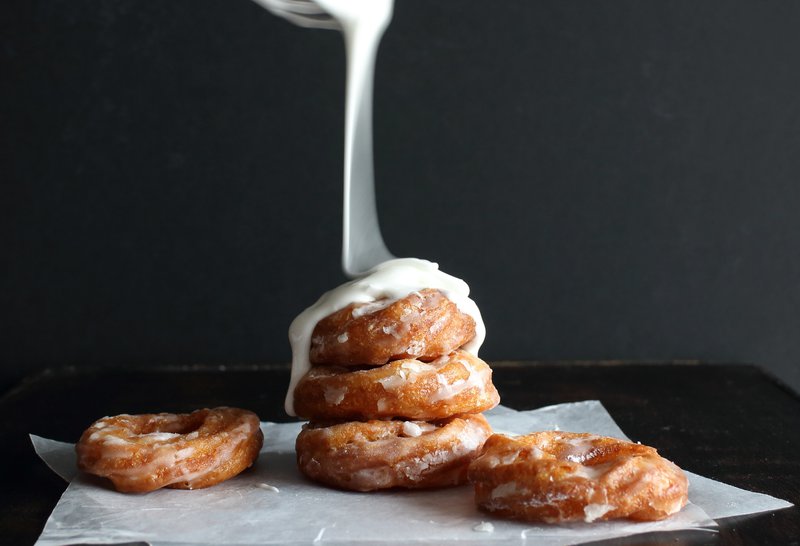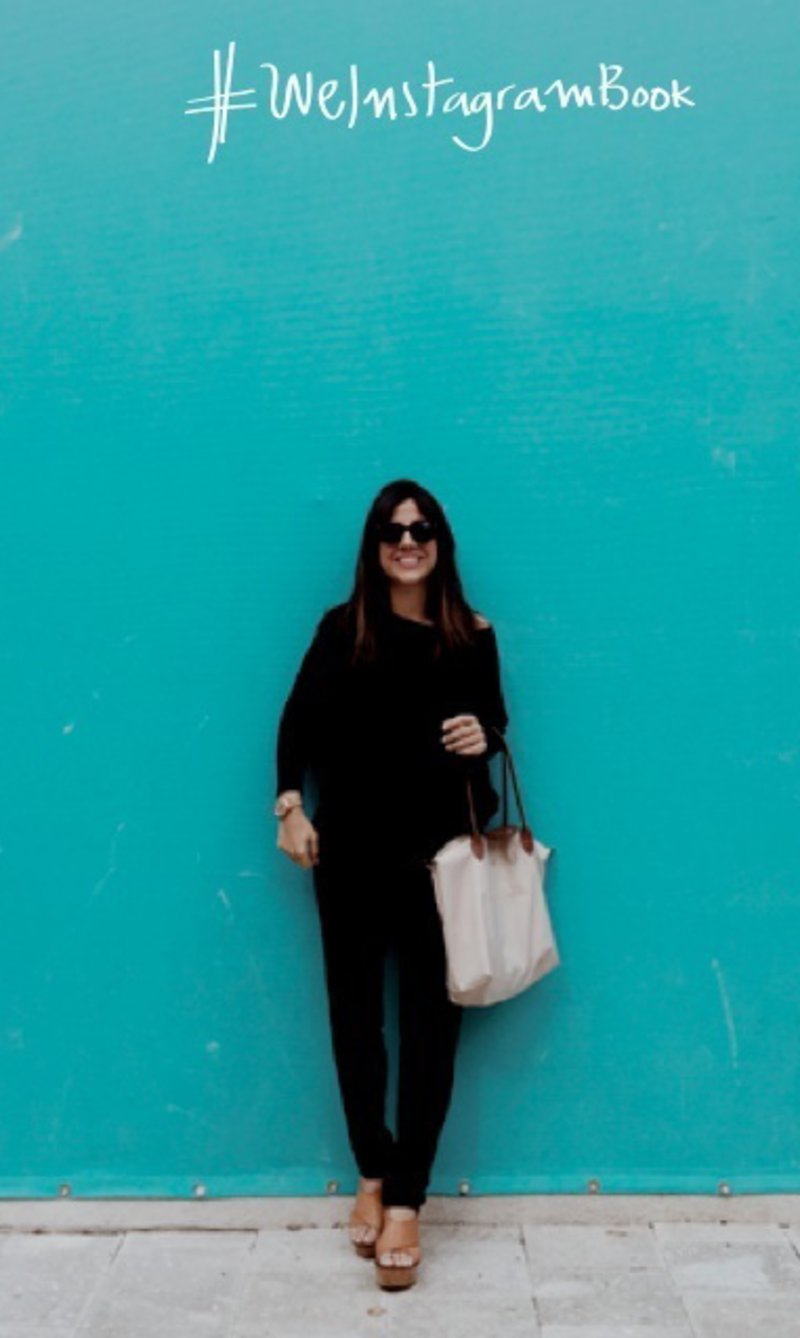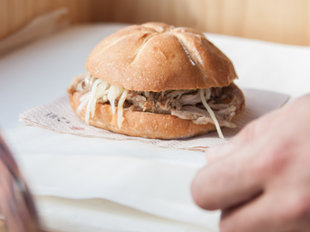A global album
The world's largest online photo archive, Instagram is the subject of a new book that is an overview of the creativity and to be found in everyday life
No matter how expensive the camera, it does not guarantee good photos. What the creator of Instagram Kevin Systrom got from his photography teacher was a passion for the simple and the instantaneous that led him to set up “a sort of Twitter with photos” that five years later has become the world's second-largest social media network.
Instagram is the place where young people who have given up on Facebook go, where celebrities upload snapshots of their privileged lives, where restaurants show off their dishes, where images of just about anything under the sun is to be found. Instagram has become a global shop window for creativity and the everyday.
Easier and simpler
The breadth of Instagram has now been captured in a book published by Planeta Fanbooks. We Instagram is a visual overview of the network organised into themes by Marta Alonso, who says she came across the app by accident, “downloading it some five days after it was released”. Alonso works in the world of media and marketing, and has advised businesses and institutions, such Vueling, FC Barcelona, the Agència Catalana de Turisme and the Grup Damm.
Perhaps it was her professional experience that allowed her to see the potential of Instagram: “It made everything easier and simpler, allowing anyone to take and share an image with optimum results,” she says of the photo app, adding that Instagram has democratised access to photography: “Today's mobile devices have improved photographic quality, but it was not like that five years ago, when Instagram included filters that allowed images to be edited on the go, making them more attractive if not more professional.”
Visual narrative
Instagram tends to put emphasis on the concepts of happiness, beauty, artistry, and it does not shun such clichés as images of feet with the toes digging into the sand or balls of coloured ice cream piled up in a crystal glass. But does this make it unrealistic, despite its focus on a range of everyday concepts? And what about drama or tragedy? “It is true that everything is very beautiful on Instagram and that is lovely to see, but I also think that, as the social animals we are, we do not open ourselves up to the public gaze and we do not like to share things that upset us; there are moments we like to keep private,” says Alonso in reference to expressing intimacy on social media and constructing a visual narrative. Whatever the style, for Alonso the key is sharing: “The great thing is capturing a moment and sharing it,” she says.
However, Alonso puts Instagram's success over its competitors (Yahoo's Flickr or Google's Picasa) down to one factor: the emergence of mobile technology, which soon became universal thanks to the adoption of smartphones: “People now take photos on the street and want to share them straight away,” she says, which creates an immediate need for an app for mobiles like Instagram.
Yet for Alonso, Instagram is not just a toy dedicated to frivolity, as the sharing of images is to make an emotional connection: “Each person creates their own visual language that reflects their state of mind and forms part of their personality,” she says. Instagram, she insists, is an example of a visual society: “The rate of change in the consumption of information is amazing and at the same time worrying,” she says, adding: “Text is on its way down. There is not so much of it when people can just hit 'play' and record a video or take a photo.”
# Foodies
# Fashion
# Architecture




















